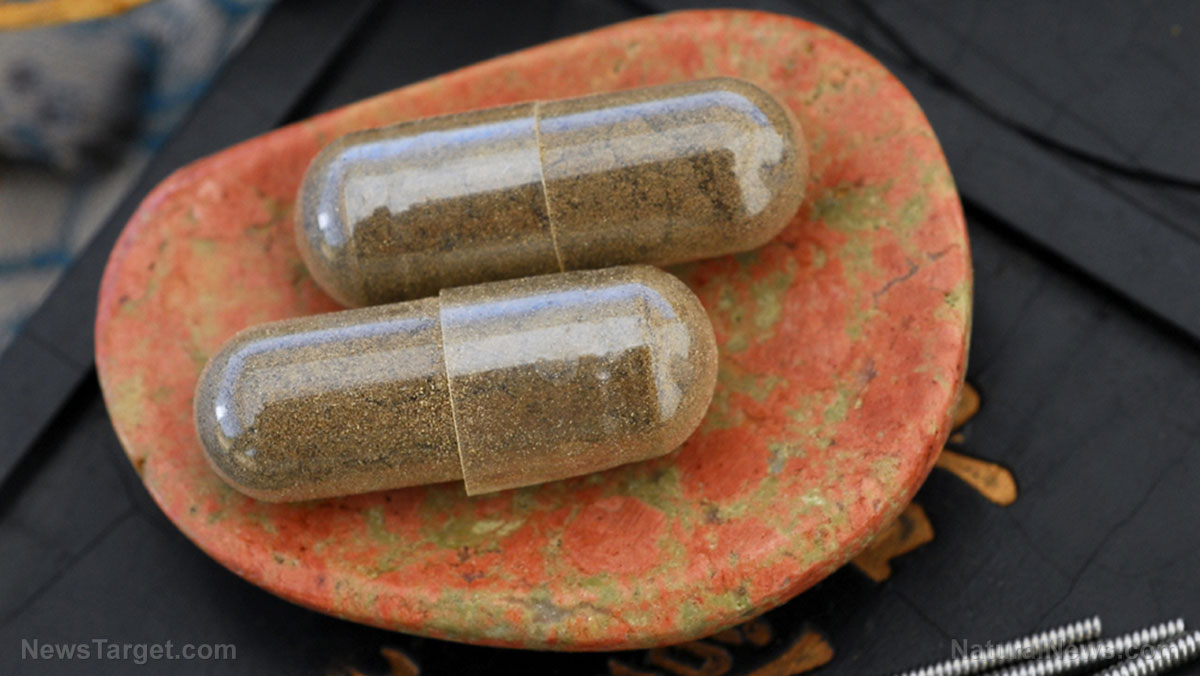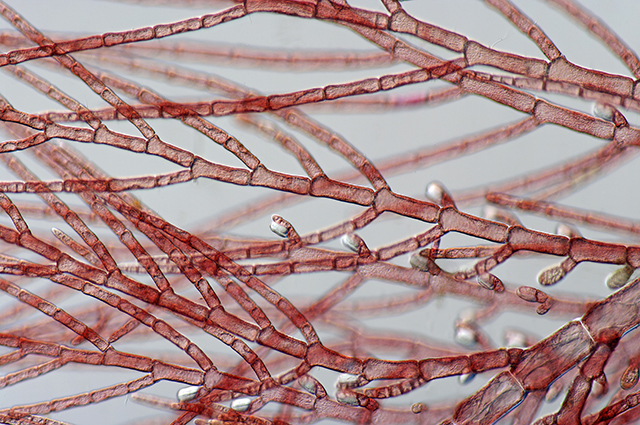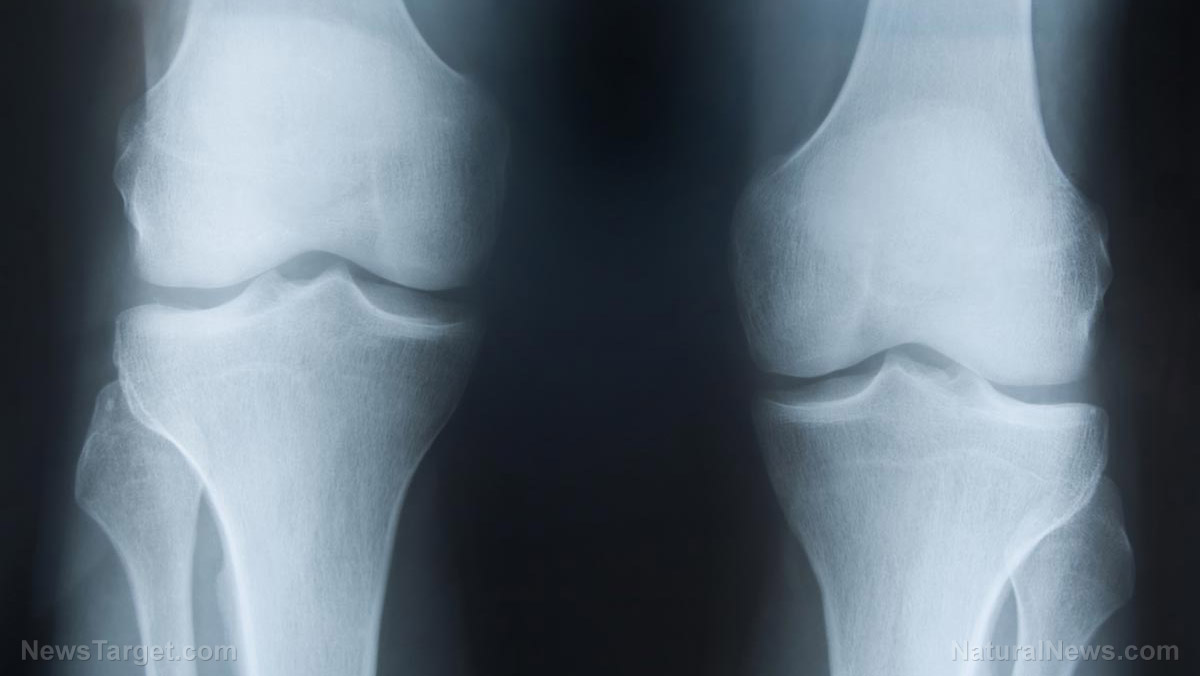These are the different types of naps – learn which one to take depending on your health needs
08/25/2018 / By Michelle Simmons

Napping can boost your mental and physical performance – but it should be done correctly to avoid pitfalls. Here are nine types of nap you can choose from to suit your needs:
- The CEO nap – The CEO nap is for people who want to boost their daily energy, focus, and mental performance. This is a 25-minute power nap in the mid-afternoon or between 1-3 p.m.
- The Nap-a-Latte – For people who are low in energy and need a quick lift, this nap is for you. It combines a moderate amount of caffeine within a short period of rest to provide both benefits at once. To do this, drink a 6-8 oz. cup of coffee quickly. Then, snooze for 20 minutes. You will wake up just in time for the caffeine’s stimulant effects to kick in. This nap will also relieve some of the sleep pressure that has been making you feel tired. However, this nap should only be done one to two times a week. If you constantly feel tired and sleepy during the day, it is time to reconsider your sleep routine and sleep hygiene habits.
- The New Mom nap – For parents, especially moms, who take care of newborns and young children and do not sleep enough through the night, this nap is for you. The technique is to take a nap when your child is sleeping. In this way, you will have more energy, patience, and focus on your child and other parts of your life.
- The Sports nap – The Sports nap is for people who need a boost in their sports performance. With the right timing, this short, 15- to 20-minute nap will immediately boost both your physical and mental performance for a period of time, without any sleep inertia upon waking or feeling like you just cannot wake up. Taking a longer nap can also provide significant physical and mental benefits that will last longer.
- The Disco nap – A classic nap technique coming from the days of the Bee Gees and Donna Summer, this nap is for people who are planning a late night. Before going out for the night, take a 90-minute nap. For a greater boost, combine this nap with the Nap-A-Latte. This nap will provide you the stamina and energy for an evening party that will go on until late night or early morning. However, you should get up at your usual schedule the next morning. You will feel sleepy during the day, but you will be ready for sleep at night, and you won’t ruin your sleep schedule. However, this should only be done occasionally. Having a lifestyle that makes the Disco nap a regular habit is not good for your health.
- The Siesta – The Siesta is the practice of a downtime or a rest period during the day, commonly around 2:30 p.m. This nap is practiced in many nations including Spain, Greece, Mexico, Costa Rica, and the Philippines. (Related: Taking a mid-day nap boosts brain power.)
- The Shift Work nap – This nap is for shift workers. Taking a short nap before their shift starts, and/or napping on short breaks during shifts can help. Shift workers can also set their sleep in two or more segments, like sleeping for four to five hours at the end of a shift, combined with one or two 90-minute naps throughout the day.
- The Teen nap – Teenagers experience changes in their circadian clocks, which make them biologically driven to stay up late and wake late. But with early school start times, they tend to lack sleep. The harmful effects of sleep deprivation can be avoided by taking a short 20-minute nap after school, or a 90-minute nap on the weekends – given that they won’t extend their weeknight bedtimes even later.
- The Jet Lag nap – Napping for 20 minutes can help jet-lagged people make it through their first day in a different time zone. Moreover, this will let them fall asleep on local time.
Although napping offers benefits, it is not always the best option for everyone, especially for people who have difficulty sleeping in any place except in their own bed and those who have sleeping difficulties in the daytime. It can also make it more difficult to fall asleep at night for people who already have sleeping problems and those with depression.
Learn more about the benefits of napping at MindBodyScience.news.
Sources include:
Tagged Under: benefits of napping, energy boost, mental health, mind body science, nap, nap types, napping, physical health, sleep, sleep deprivation, sleep habits, sleep schedule



















